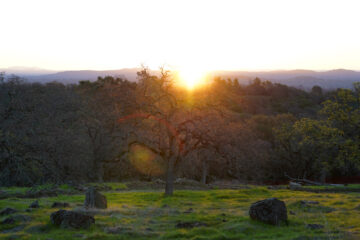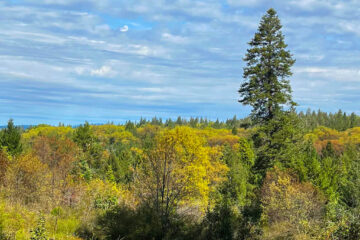During the second week of March, as winter comes to a close in Mexico, locals are bombarded with a flurry of orange and black, exploding from the trees in what is the spring migration of the Monarch butterfly. The Monarch butterfly migration is nothing short of incredible. They are the only species of butterfly that makes a remarkable two-way migration. In the fall, as the days become short and crisp, the Monarch butterfly sets out on a long journey (up to three thousand miles) from the North Eastern United States to the Sierra Madre mountains in Mexico. Once there, they roost until spring where they then make the arduous journey home, eluding predators and shirking death. Only the strongest and most well adapted survive and those that do, are rewarded with the chance to lay their eggs on one particular plant, milkweed.
Despite this marvelous creatures’ endurance, the U.S. Fish and Wildlife Service is considering placing the Monarch butterfly on the endangered species list. This subspecies of butterfly is threatened by the dwindling numbers of milkweed plant due to pesticide use. The loss of a plant crucial to the life cycle of the Monarch butterfly would be catastrophic for the species. Luckily, this issue is making national headlines and citizens and organizations alike are working to make changes to conserve the habitat of the Monarch.
To gain insight into what organizations are doing to help the Monarch butterfly, I talked to Justin Wages, Land Manager at Placer Land Trust. Justin informed me that the issue is more complex than most people realize because the Monarch butterfly is not a keystone species. This means that the ecosystem will not collapse if the Monarch goes extinct. However, the Monarch is an important pollinator, and is quite an iconic species; the potential collapse of the Monarch population demonstrates a common issue for all species in regards to habitat destruction, pollution, and pesticide use.
The Monarch is what is known as an animal ambassador. An animal ambassador is a creature that has good public rapport and brings attention to the issue of conservation. As an example, Justin noted that most people do not realize or particularly care about the endangered, vernal pool, fairy shrimp, but iconic species like the Monarch really help rouse public awareness to the plight of endangered species.
Placer Land Trust regularly adds native milkweed seeds to their planting mix and their commitment to the protection of land in Placer County provides vital foraging habitat for the Monarch. Placer Land Trust has also recently submitted a grant application, which, if accepted, will allow them to plant 15 acres of milkweed within their Doty Ravine Preserve. This project would not only enhance the habitat for the Monarch, but for many other species as well.
The public has many options to help the Monarch as well. Reducing pesticide use and planting native species, including milkweed, is the primary way citizens can make a difference. Justin recommends supporting land conservation by donating which enables restoration projects, as well as supporting legislation that benefit the Monarch and other species. Finally, by spreading the word and educating others on the importance of species conservation we can help ensure the Monarch has a safe journey each spring and fall.
Where have those flowers and butterflies all gone
That science may have staked the future on?
He seems to say the reason why so much should come to nothing must be fairly faced.
Robert Frost, “Pod of the Milkweed”
By Alyssa Harmon


